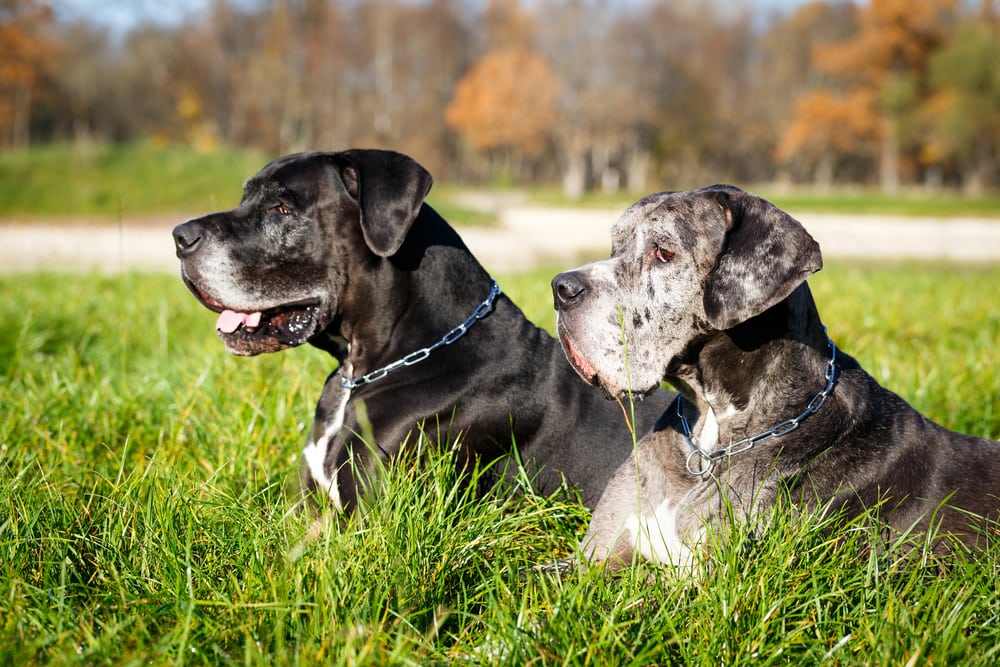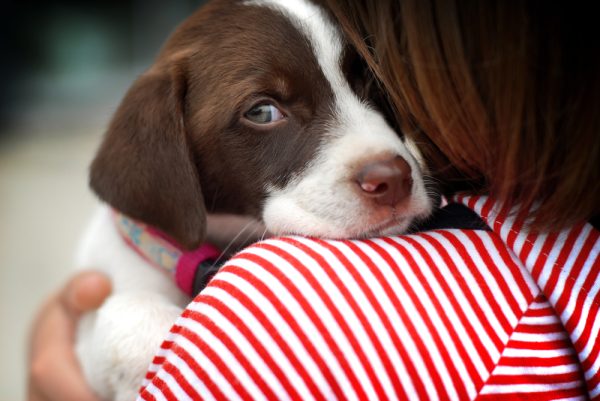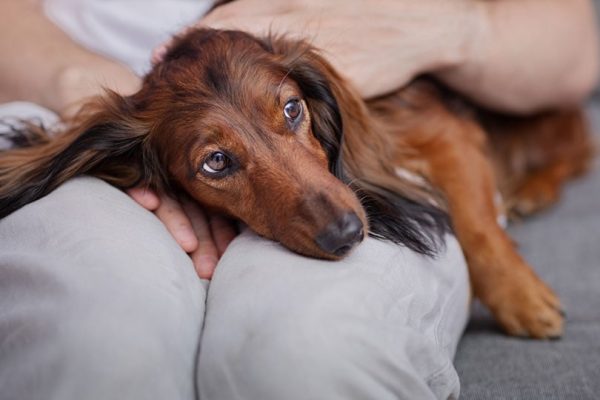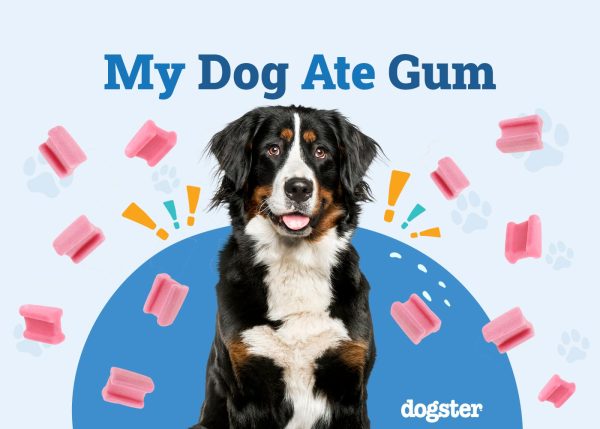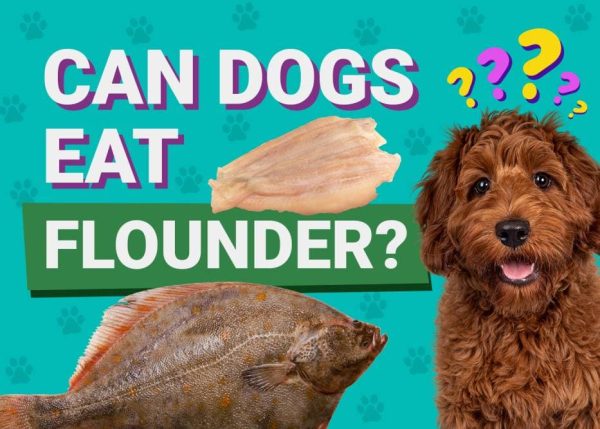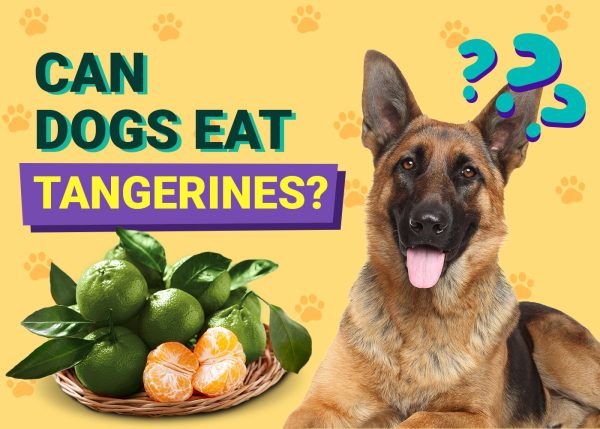In this article
View 2 More +Have you ever wondered where your dog got their coloring from? As a pet parent, there’s still a lot you don’t know about your dog, especially when it comes to their color genetics. It’s important to note that genetics is a complex subject and can’t be understood in the scope of one article.
Instead, we’re going to help you understand just the basics of dog color genetics in the article below.

DNA Is Far From Simple
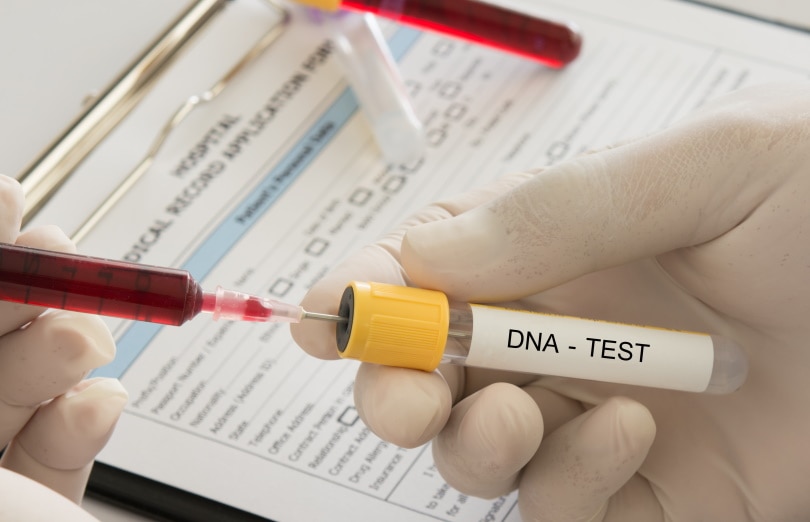
DNA is far from simple, as anyone who has studied it can tell you. In a nutshell, a dog has cells, and each of those cells contains 78 chromosomes or 39 pairs of chromosomes. Your dog will have 39 chromosomes from their mother and 39 chromosomes from their father. One pair of these chromosomes will determine what the sex of your dog is, and the rest will make them the unique, beloved pet you end up adopting as your own.
Everything Begins With Two Colors
Despite there being many, many varieties of dog colors out there, the process begins with just two colors. These two basic pigments are eumelanin and phaeomelanin. Eumelanin is black, while phaeomelanin being red/yellow pigments. So, no matter what color variation your pup ends up being, that color is created by these two basic pigments.
Now that we know what two pigments start the process of determining what color your dog will be, let’s look at the genetics that works to expand the range of these colors.

Genetics Expand the Range
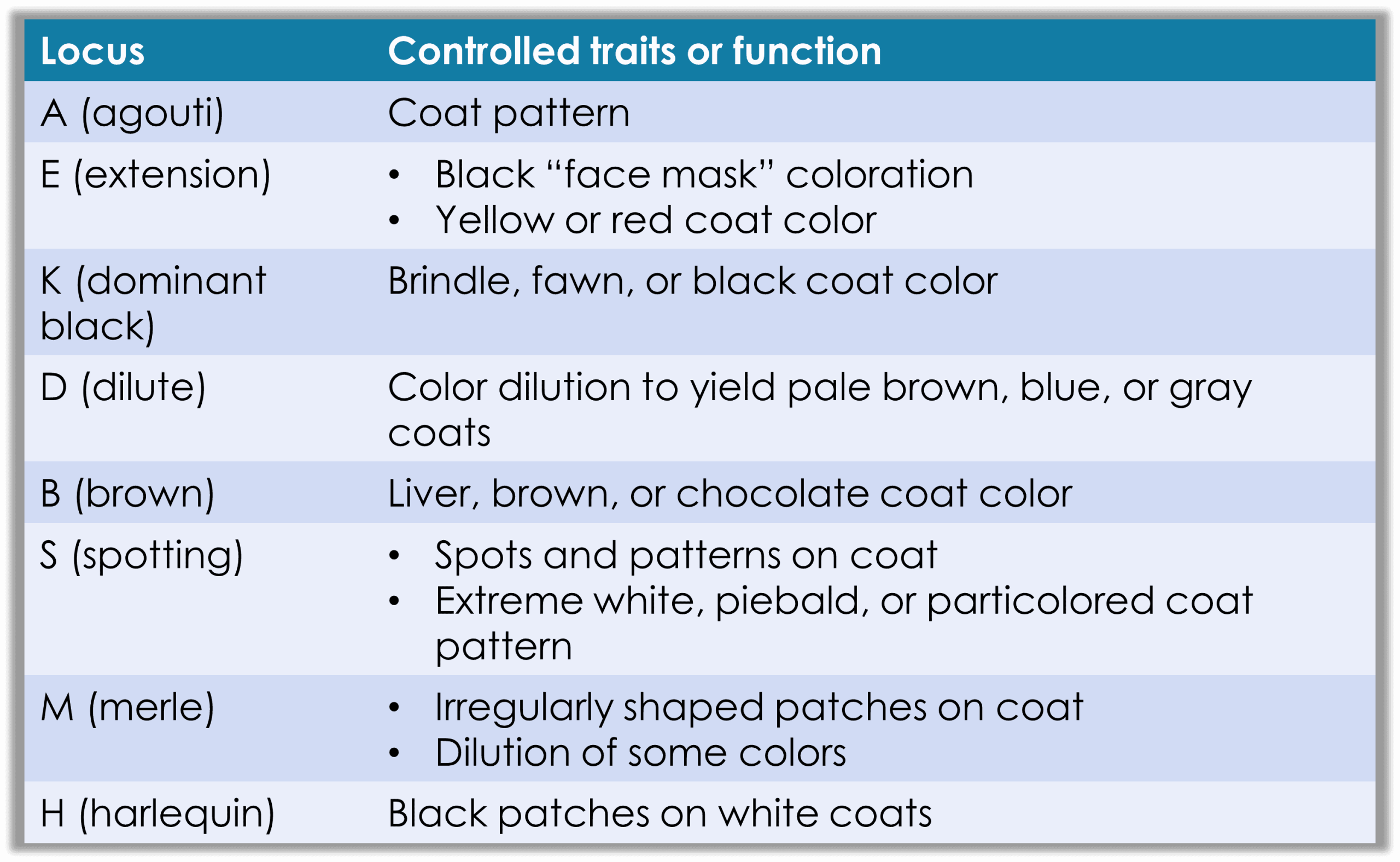
Many different genes will impact what color your dog will be by expanding the range of the pigments listed above. A dog genome has approximately 3 billion base pairs of DNA, plus thousands of genes. However, only eight genes help determine the color. These are called loci, and we’ll list a little about what they do below.
A (agouti) Locus
The agouti gene (A locus) is responsible for the variations in a dog’s coat patterns. This gene controls the distribution of eumelanin (black/brown pigment) and phaeomelanin (red/yellow pigment), determining if the coat will have banded hairs (wild-type agouti), solid colors, or specific patterns like sable or tan points.
E (extension) Locus
This gene is responsible for the black masks that some dogs have on their faces, as well as dogs with yellow or red coats.
K (dominant black) Locus
This gene is pretty self-explanatory and is responsible for brindle, or solid black dog coat.
D (dilute) Locus
This one is responsible for diluting colors and ends up with dogs being pale brown, blue, or gray.
B (brown) Locus
In this site, two brown alleles—dominant brown and recessive brown—can be linked to dog colors which are liver, brown, and chocolate.
S (spotting) Locus
As you’ve probably guessed, this locus is responsible for the interesting spots and patterns you see on many dog breeds. This locus is also responsible for extreme white, piebald, and particolored patterns.
M (merle) Locus
This is the locus that causes colors on the coat of dogs to have irregularly shaped patches and dilutes pigment and colors.

H (harlequin) Locus
The Harlequin locus (H locus) is a genetic modifier found in Great Danes that affects the merle pattern. The dominant H allele changes the typical gray areas of a merle dog’s coat to pure white, leaving irregular black patches and creating the distinctive harlequin pattern.

All of these loci influence each other and combine to control the production and distribution of the first two pigments we mentioned. The result is all the different unique and beautiful variations of dog coats and patterns nature has to offer.

Final Thoughts
Even with all the genetics when it comes to dog color, and all of the research done, it really comes down to a dog’s color and coat being at the mercy of his own gene pool. However, genetics is a science, and while you might think a dog’s color is determined by a flip of a coin, (because yes, there is some chance in the equation) there is indeed quite a bit of complex and confusing biology behind it all.
Related Reads:
Featured Image Credit: DragoNika, Shutterstock

